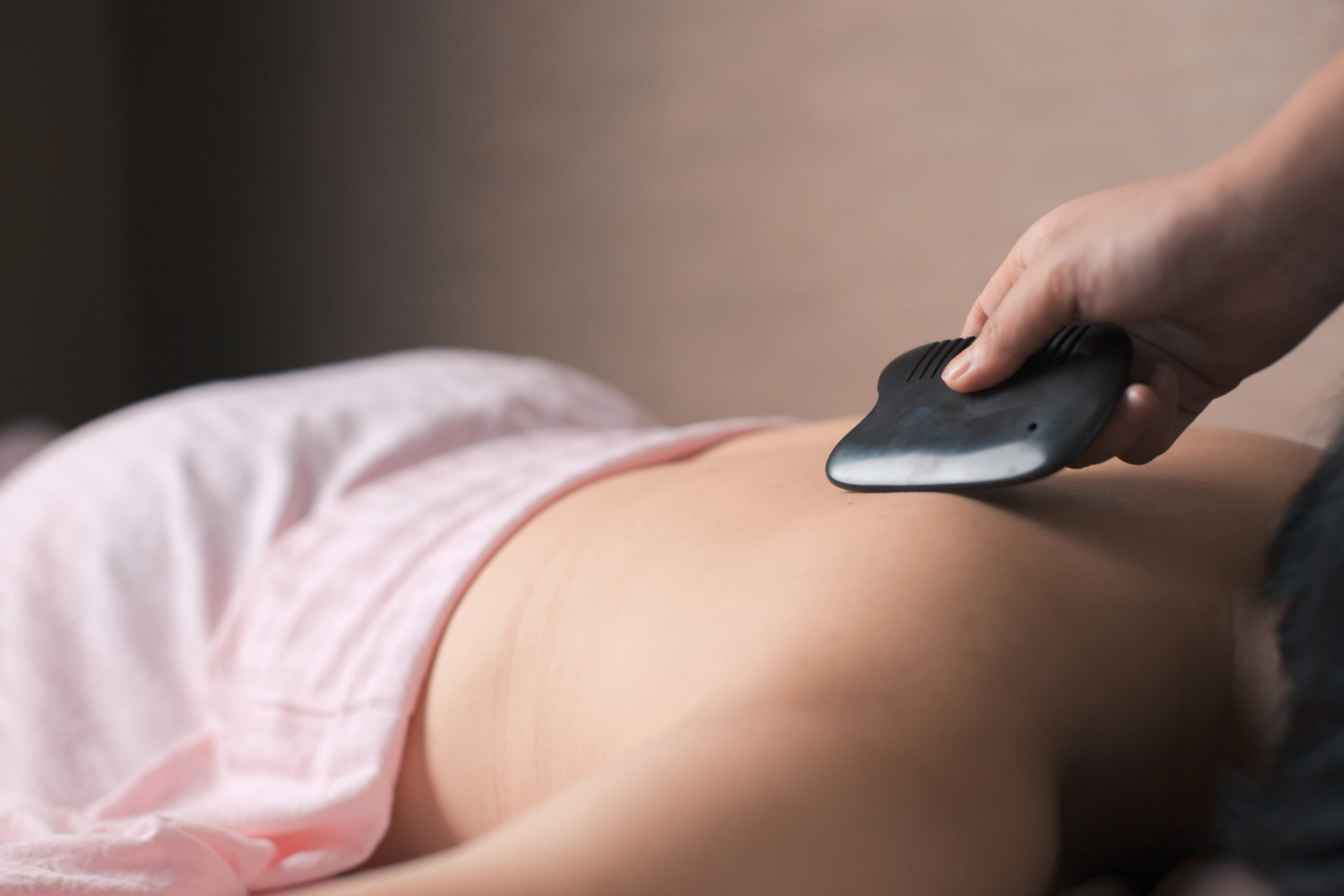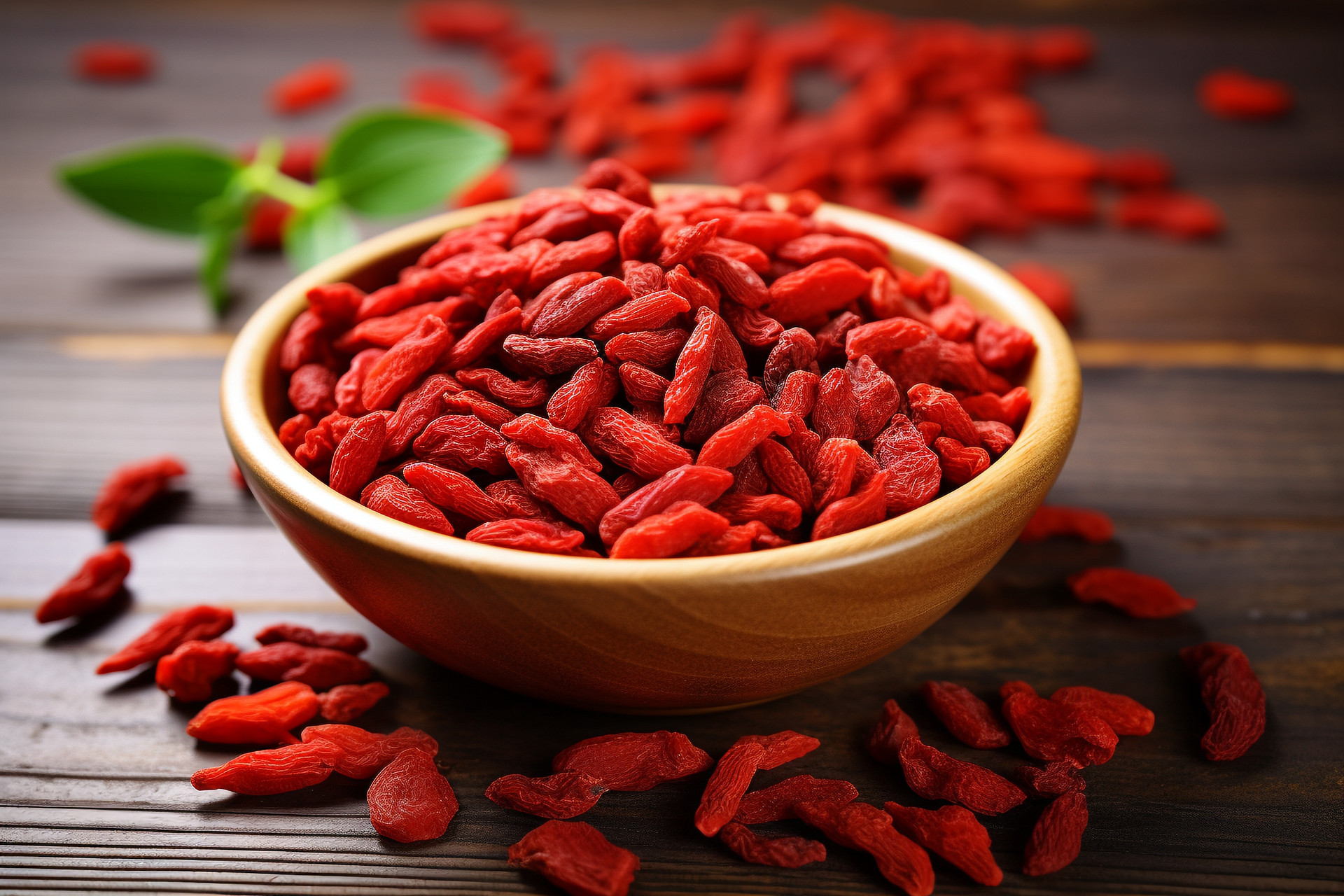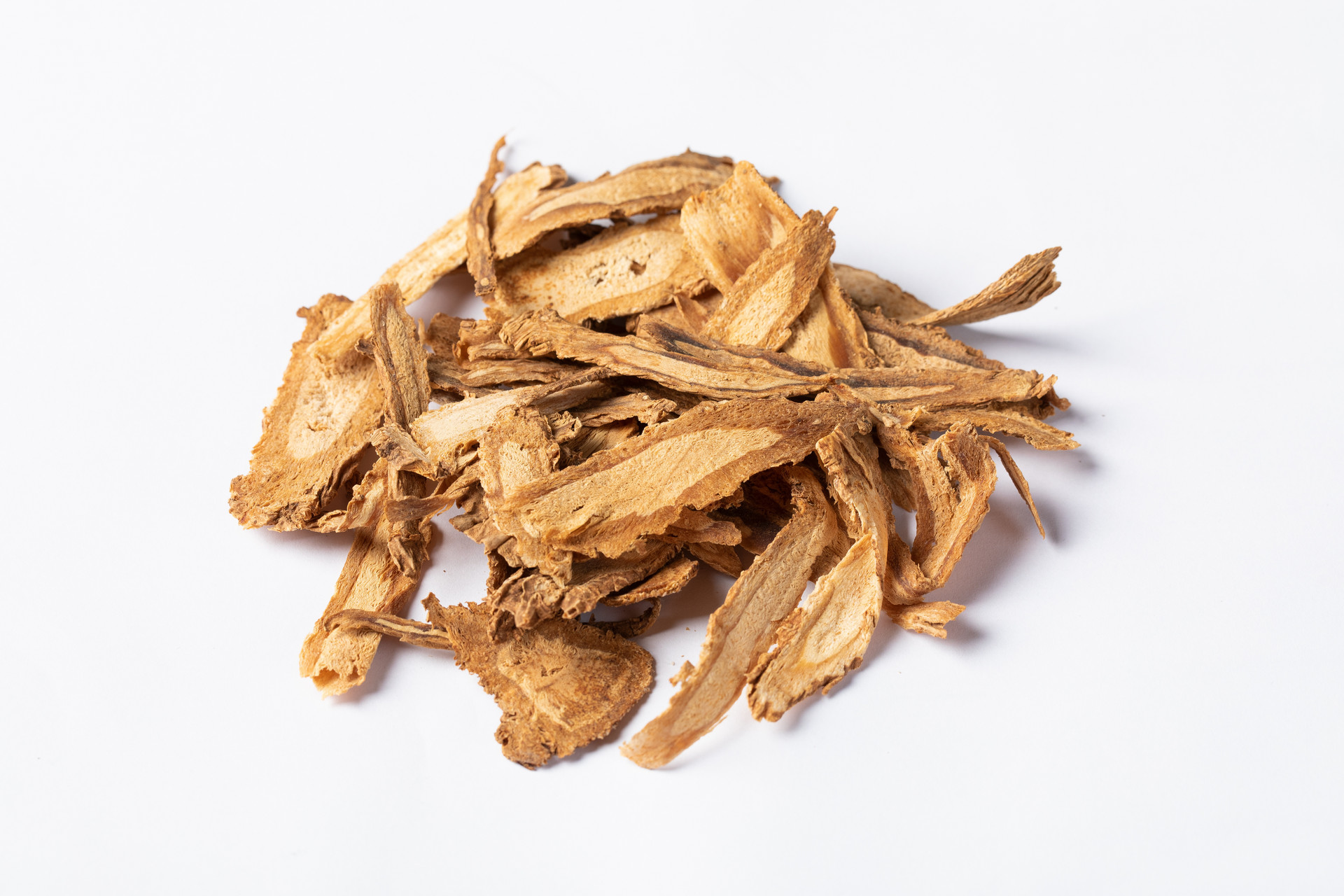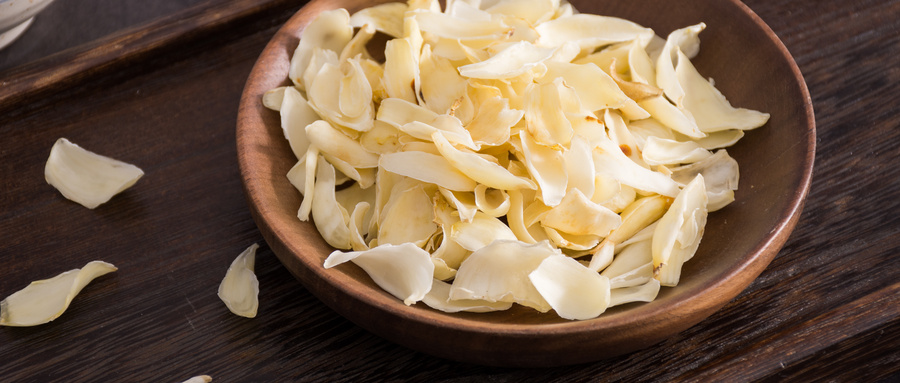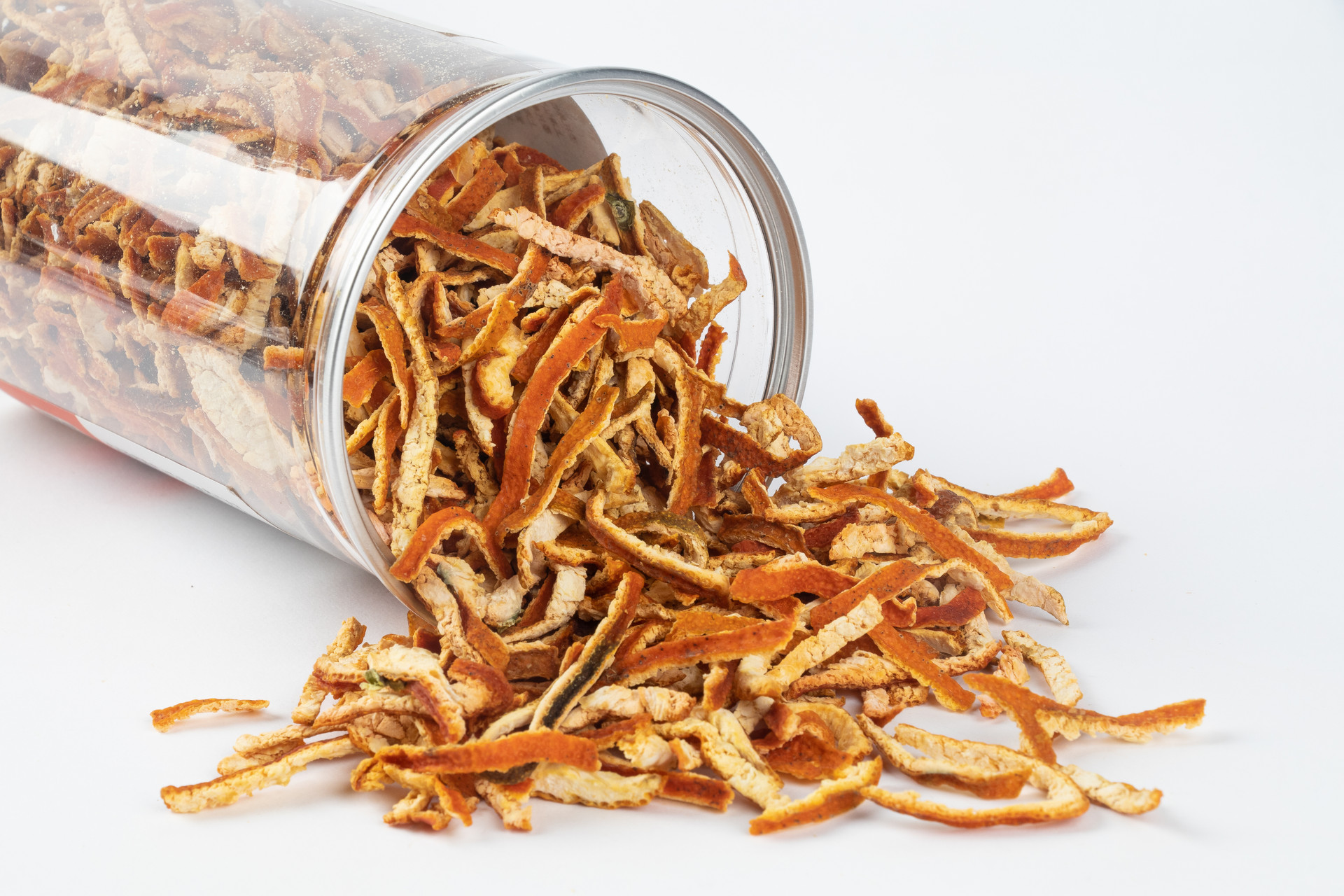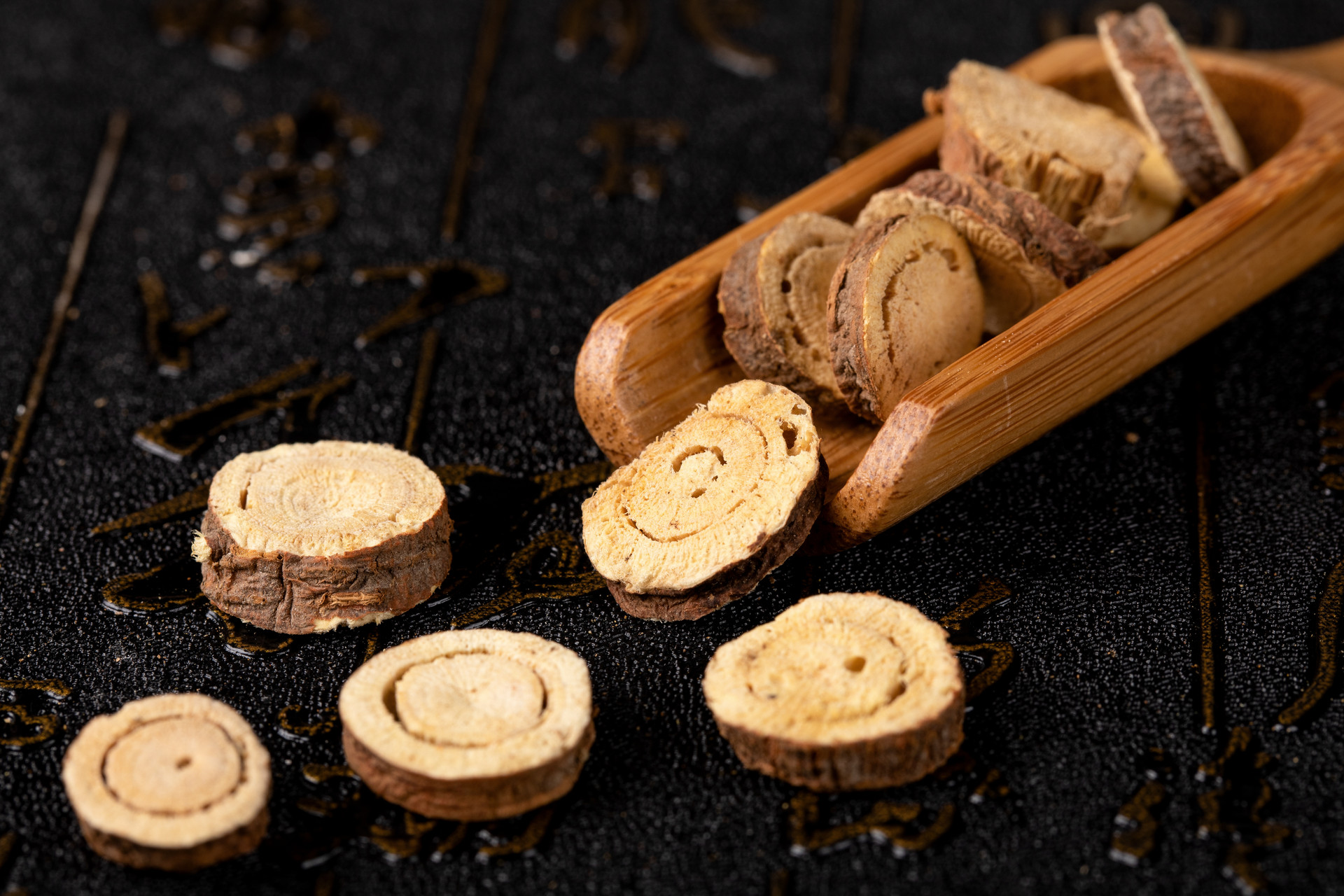Bamboo sap, also known as bamboo juice or bamboo oil, is mentioned in the "Shen Nong's Herbal Classic". It is the liquid that flows out after roasting the stems of Phyllostachyl nigra (Lodd.ex Lindl.) Munro var.henonis (Mitf.) Stapf et Rendle, a plant in the Poaceae family.
[Preparation method] "Bei Ji Qian Jin Yao Fang": "Take the bamboo stem and burn the center, collect the sap in a container." "Compendium of Materia Medica": "Take a bamboo stem about five or six inches long, put it in a bottle, hang it upside down, use another container to collect the liquid, surround it with charcoal fire, and the oil will drip into the container." Currently, fresh bamboo is taken, washed, cut between two nodes, leaving the middle part, split into three sections, heated over a low fire, and the liquid that flows out from both ends is collected in a container. Alternatively, fresh bamboo stems are cut into small sections of 0.5 meters, split open, washed, and placed in a jar with the mouth facing downwards. The jar is then heated from the top with fire, and the sap drips down into a container placed below the mouth of the jar. This process continues until all the bamboo sap has been collected.
[Appearance of the medicinal material] It is a transparent liquid with a greenish-yellow or yellow-brown color, a burnt fragrance, and a slightly sweet and bitter taste.
[Processing properties] Bamboo sap has a sweet and bitter taste and a cold nature. It enters the Heart, Liver, and Lung meridians. It has the functions of clearing heat and reducing fire, and removing phlegm and opening the orifices. The use of bamboo sap expands the range of medicinal applications. It is used for conditions such as stroke with phlegm obstruction, lung heat with phlegm stagnation, convulsions, epilepsy, excessive phlegm in febrile diseases, intense heat and thirst, and tetanus. Examples of prescriptions include "Zhu Li Da Tan Wan" for treating phlegm-heat obstruction, restlessness, and madness (Fujian Drug Standard), "Zhu Li Tang" for treating wind paralysis with uncontrolled limbs and confused mind ("Emergency Golden Prescriptions"), and "Er Li Tang" for treating loss of voice due to typhoid fever ("Sheng Ji Zong Lu"), and "Zhu Li Yin" for treating cholera with restlessness, depression, and thirst ("Sheng Ji Zong Lu").
[Processing research] Bamboo sap is mentioned in "Shen Nong's Herbal Classic" as "bamboo juice". The Tang Dynasty recorded the method of making sap in "Bei Ji Qian Jin Yao Fang". There are two main methods used in the current market: the northern method, which originates from Anguo, involves cutting dried bamboo into segments, heating and distilling it in a gasoline drum to obtain black bamboo oil, and then adding an appropriate amount of water to prepare it. This method produces a dark color and has a bitter and astringent taste. The southern method, mainly used for self-consumption, involves using fresh bamboo and temporary preparation. Large-scale production follows the method described in modern processing procedures.
During the dry distillation of bamboo, the most vigorous thermal decomposition occurs around 350-400°C, and it gradually decreases above 450°C. If tar and water are the desired products, it is best to maintain a temperature of 400°C.
The tar is black-brown in color with a specific gravity of 1.046. Acidic components account for about 83.4% of the tar, of which phenolic compounds account for 81.3%, mainly including creosol and other phenols. Fresh bamboo sap and commercially available bamboo sap have been analyzed to contain a total chlorine content of 0.023%-0.034% for homemade products and 0.024%-0.042% for commercial products. The reducing sugar content is 0.86%-3.34% for homemade products and 1.03%-2.14% for commercial products. The pH ranges from 4.66 to 5.42, and the specific gravity is above 1.0100. The water-soluble part of fresh bamboo sap has been analyzed to contain 13 amino acids, including aspartic acid, glutamic acid, and serine, as well as glucose, fructose, and sucrose. The ether extract contains creosol, guaiacol, phenol, benzoic acid, and salicylic acid. In addition, it contains ions such as sodium, potassium, and calcium.



